First responders have a lot to take in when they arrive at an incident. How they perform their initial size-up can have an enormous impact on the tactics and strategies used throughout the response.
Typically, first-arriving company officers perform size-ups based on the information they receive from dispatch and their own senses and impressions on the fire ground. Rushing into a scene without a proper size-up is incredibly dangerous, since responders won’t know what they’re up against. Performing a quick and precise size-up can help firefighters save lives and prevent loss of property.
Unfortunately, size-ups and their accuracy vary based on how much information the arriving officers and units have. However, new public safety technologies give officers access to additional information that improves size-up accuracy and helps them decide which incident management tactics to use. Below, we’ll explore a few critical ways that public safety technologies improve size-ups for the better.
Gain Situational Awareness
Imagine the following scene. On a foggy night, a department receives a call about what appears to be a standard working residential structure fire. When they arrive, visibility is limited, and it’s difficult to see the scene clearly. The arriving officers begin to perform a size-up, but due to the fog and smoke coming from the building, it is impossible to assess if the incident ground contains any of the following:
- A swimming pool
- Solar panels on the roof of the residence
- Downed power lines
- Obstacles blocking the way to a building (children’s playhouse, in-ground trampoline, etc.)
All the arriving responders have to go on is what dispatch has provided and what they can see with their own eyes. In contrast, firefighters with public safety technologies gain important information that boosts their situational awareness of the incident scene.
New types of incident response and command software give responders access to multiple map views of the incident location. Using tools like Pictometry, Google, and Bing views, firefighters can view the residence from multiple angles or vantage points, even aerial shots. This 360-degree view gives units important information about the structure and any factors that might determine what the situation needs.
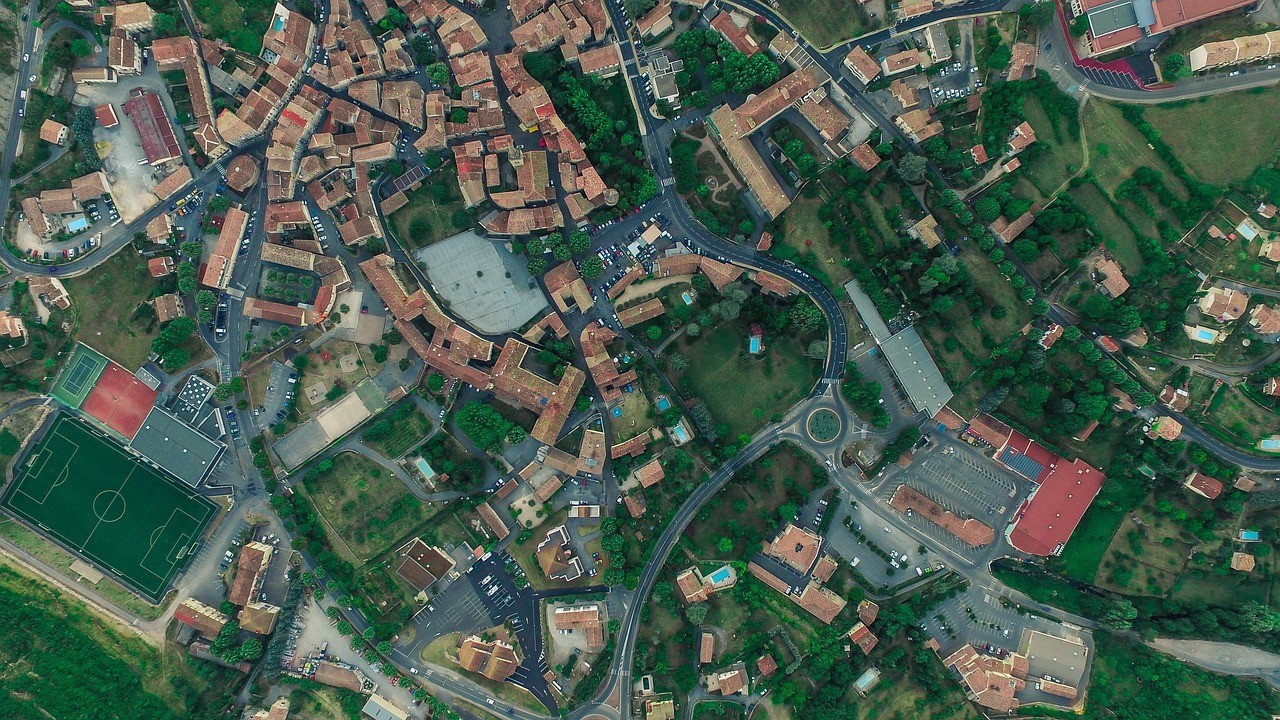
Custom-mapping layers integrated into the software can also provide key information on available water sources or points of interest that may not be immediately visible. Devices can also display real-time wind and weather data for the location. Some forms of software also integrate with local traffic cameras, providing additional situational awareness.
Public safety technologies make responses in the dark or other limited-visibility conditions safer. Size-ups are more accurate with this additional data, helping first-arriving officers implement more effective incident management tactics.
Identify Hazards
Another key aspect of an accurate size-up involves assessing any hazards or risks at the scene. Officers need to evaluate what factors what factors could affect both the safety of civilians and emergency responders.
Emergency response software can be a huge assistance in this area. Emergency response software – loaded into a vehicle’s mobile data terminal (MDT) generally integrates to a variety of data sources that give the first arriving company officer important information about the incident. Many types of response software interface directly to the agency’s records management system. This gives responders access to any information the agency has stored about the incident location.
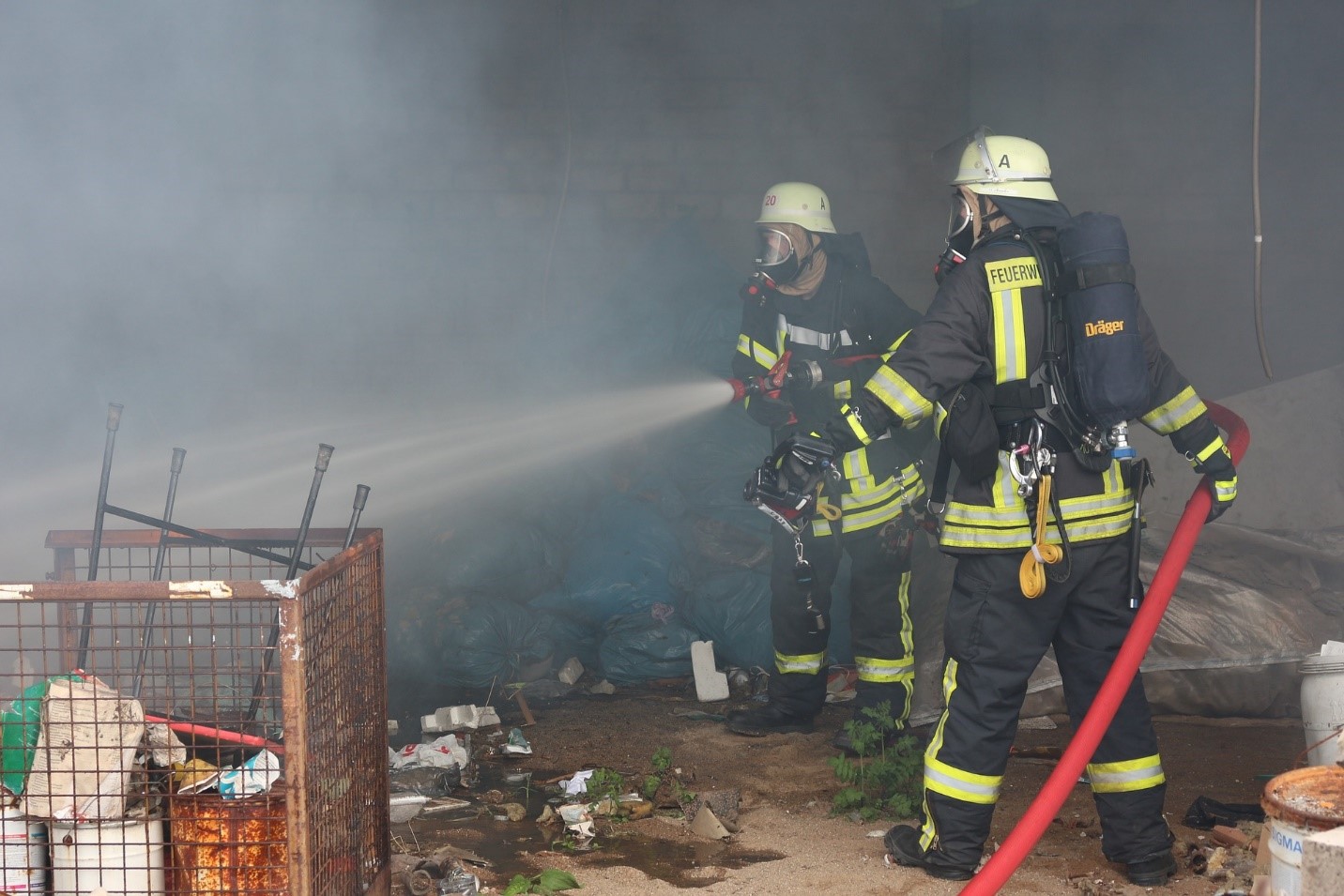
For instance, MDT software can display building floorplans, contact information for the structure, customized maps displaying water sources and risk factors (such as a gas/power line), the number of exposures, and other key pieces of information. This data can be extremely helpful in creating BOSE HAS and other systematic size-up reports.
Some forms of software also provide standard operating guides, local checklists, and other data to help officers make sure there are performing every step required in the size-up. This way, they can accurately assess all potential risks and ensure they are not leaving out any key items.
Information about known hazards communicated in the initial size-up can be critical as the incident grows or changes. Advanced public safety technologies also allow responders to share real-time photos and videos among connected units.
Knowing about dangers ahead of time helps commanders perform accurate dynamic and analytical risk assessment to keep both civilians and reponders as safe as possible.
Manage Assets Effectively
Thorough size-ups also take into account the personnel available to manage the incident. One way in which public safety technologies can improve personnel management is through automatic vehicle location (AVL) tracking.
First-arriving officers immediately have information on the location of other responding units or command vehicles and can see how far out they are from the incident. They instantly know how many units are on scene and what their capabilities are.
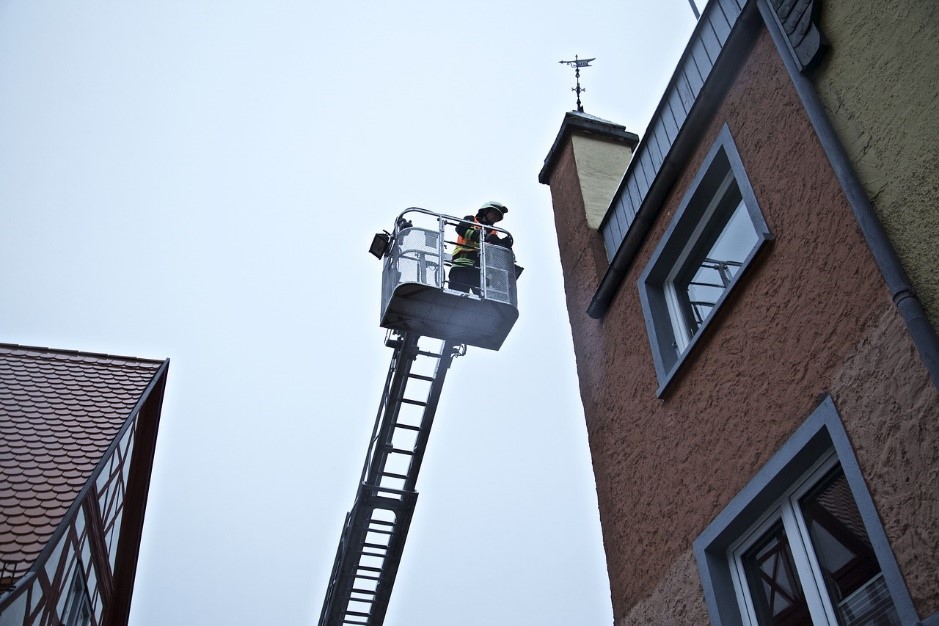
This can be crucial information during a size-up. If officers commit assets before performing a full size-up, resources might be incorrectly positioned to effectively manage an incident.
Take the following scenario provided by Bill Gustin in the article Critical Components of Size-Up.
“An engine company responds to a structure fire; the street ahead is obscured in heavy smoke. The officer, knowing that his company is first due, orders the engine to stop at a hydrant and lay a large-diameter supply line into the fire scene. But, committing the apparatus before sizing up the fire turns out to be a big mistake, because the structure on fire is actually on the next street to the south. A strong wind blowing smoke to the North fooled this officer, causing this company to lay its supply line on the wrong street.”
Knowing which companies are responding during the size-up also affects the firefighting tactics deployed. AVL data helps commanders decide on an offensive or defensive strategy and assign groups or tasks based on estimated arrival times.
Detailed size-up takes a lot of factors into account. While it can be difficult for arriving officers to process large amounts of information about the scene, public safety technologies make size-up easier and more accurate.
Access to mission-critical data helps officers learn key information about the scene, consider risk factors, and manage personnel effectively. To limit loss of life and improve your agency’s fire ground operations, see if incident management software might be the public safety technology you need.
To learn more about Adashi’s integrated emergency response and incident command software platform, visit our website.
If you enjoyed this article, please check out our related posts:
How First Responder Technology Reduces Injuries and Line-of-Duty-Deaths
Why Incident Management Technology is Crucial for Command
Interested in seeing Adashi’s software solutions firsthand? Schedule a free web demonstration with us to view any or all of our products.

Sanjay Kalasa is the president of Adashi. He is also a current active volunteer firefighter/EMT at the Rockville Volunteer Fire Department in Maryland.
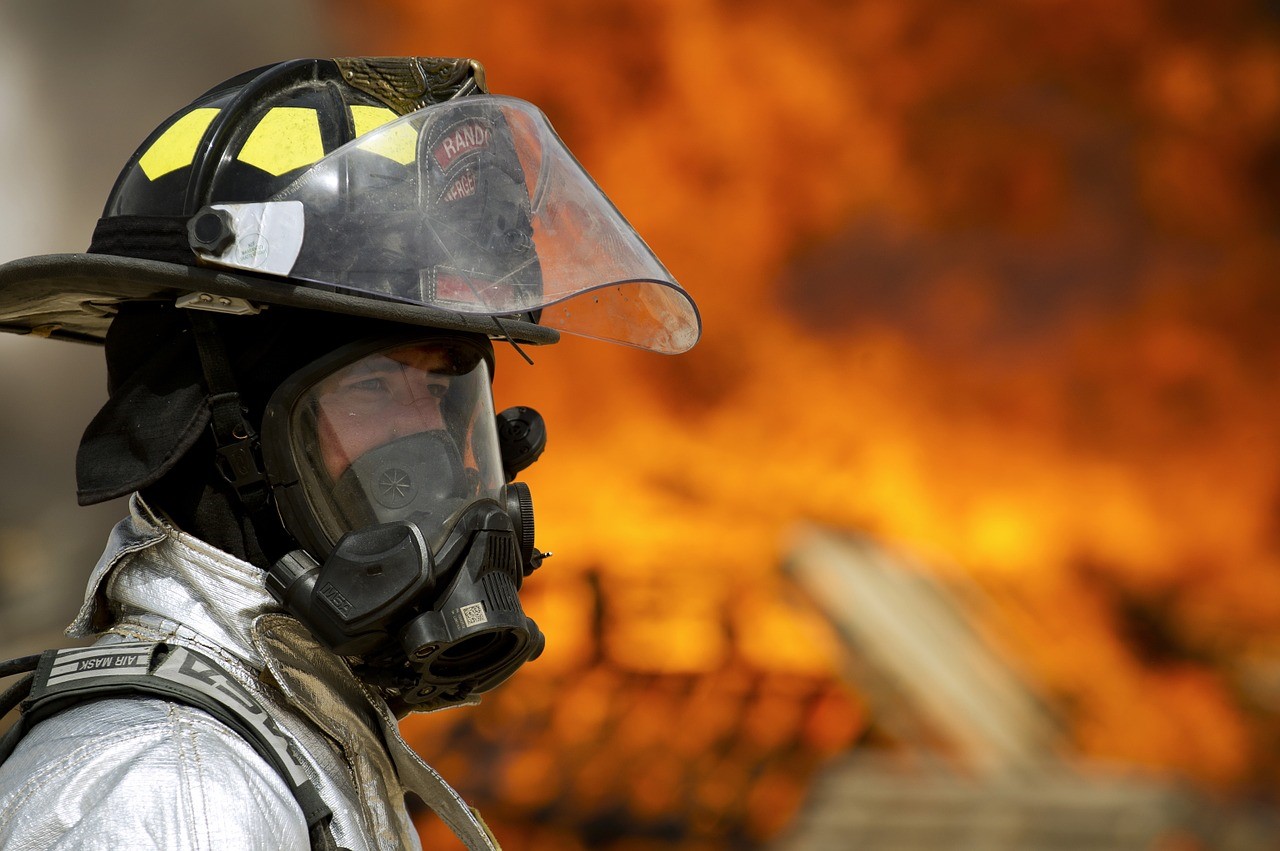
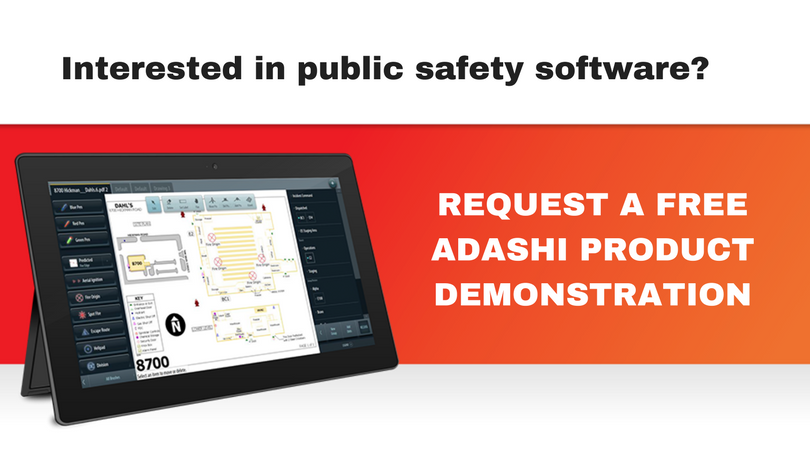
![[Infographic] 8 Ways Adashi’s Technology Improves Incident Command](https://www.adashi.com/wp-content/uploads/2018/02/8-WAYS-ADASHIS-TECHNOLOGY-IMPROVES-INCIDENT-COMMAND-1-500x383.png)
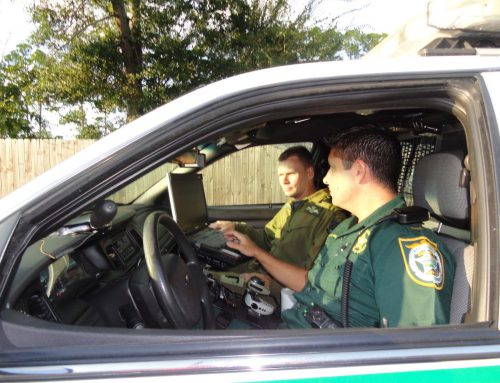
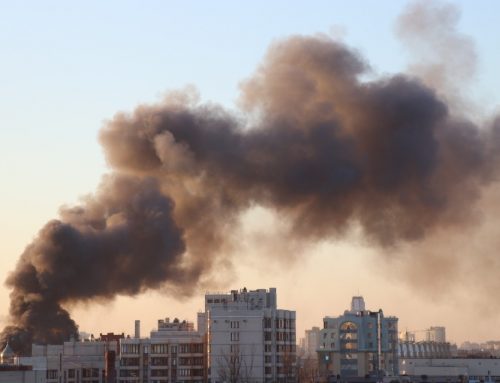
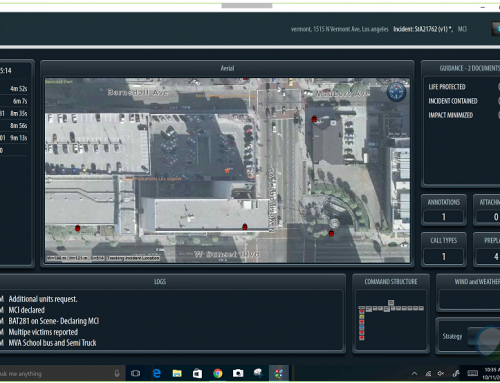
![[Infographic] The History of Fire Incident Command in the US](https://www.adashi.com/wp-content/uploads/2017/12/The-History-of-Fire-Incident-Command-in-the-US-1-500x383.jpg)
Leave A Comment
You must be logged in to post a comment.